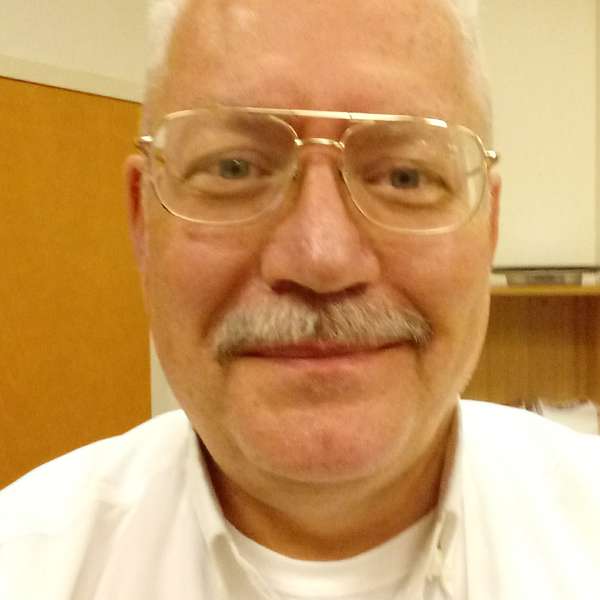
The Mad Scientist Supreme
The Mad Scientist Supreme
Cancer Cure and Treatment
Cancer Cure and Treatment
### Summary of Main Points:
1. **Cancer Prevalence**: A study from the 1970s found that about 20% of individuals had undetected cancer at the time of their death, suggesting that many people may develop cancer multiple times throughout their lives, but their immune systems typically eliminate it.
2. **Immune Evasion by Cancer**: Cancer cells can evade the immune system by being genetically similar to normal cells or by creating a mucus layer that hides them from immune detection.
3. **Historical Treatment Insight**: In the early 1900s, a doctor discovered that patients who recovered from cancer often had concurrent infections. He experimented with inducing fevers through bacterial injections, which sometimes led to cancer remission, but his work was overshadowed by the rise of radiation therapy.
4. **Fasting and Cancer Treatment**: Recent findings suggest that fasting before chemotherapy can improve treatment outcomes by reducing nausea and enhancing the effectiveness of the drugs.
5. **Combining Strategies**: The speaker proposes a combined approach for cancer treatment:
- Fasting for two days before chemotherapy.
- Receiving immunization shots to boost the immune system.
- Using medications to reduce mucus around cancer cells.
- Potentially self-administering immunization shots directly into tumors.
6. **Exploration of Alternative Treatments**: The speaker encourages exploring various alternative treatments, suggesting that any stressor to the immune system might activate it to fight cancer.
### Conclusions:
- The speaker advocates for a proactive and self-directed approach to cancer treatment, emphasizing the importance of the immune system in combating cancer.
- There is a call to integrate historical insights and modern findings to create a multifaceted treatment strategy that includes fasting, immunization, and possibly alternative therapies.
- The message encourages individuals to take charge of their health and explore various treatment options, while still recognizing the need for medical oversight and support.